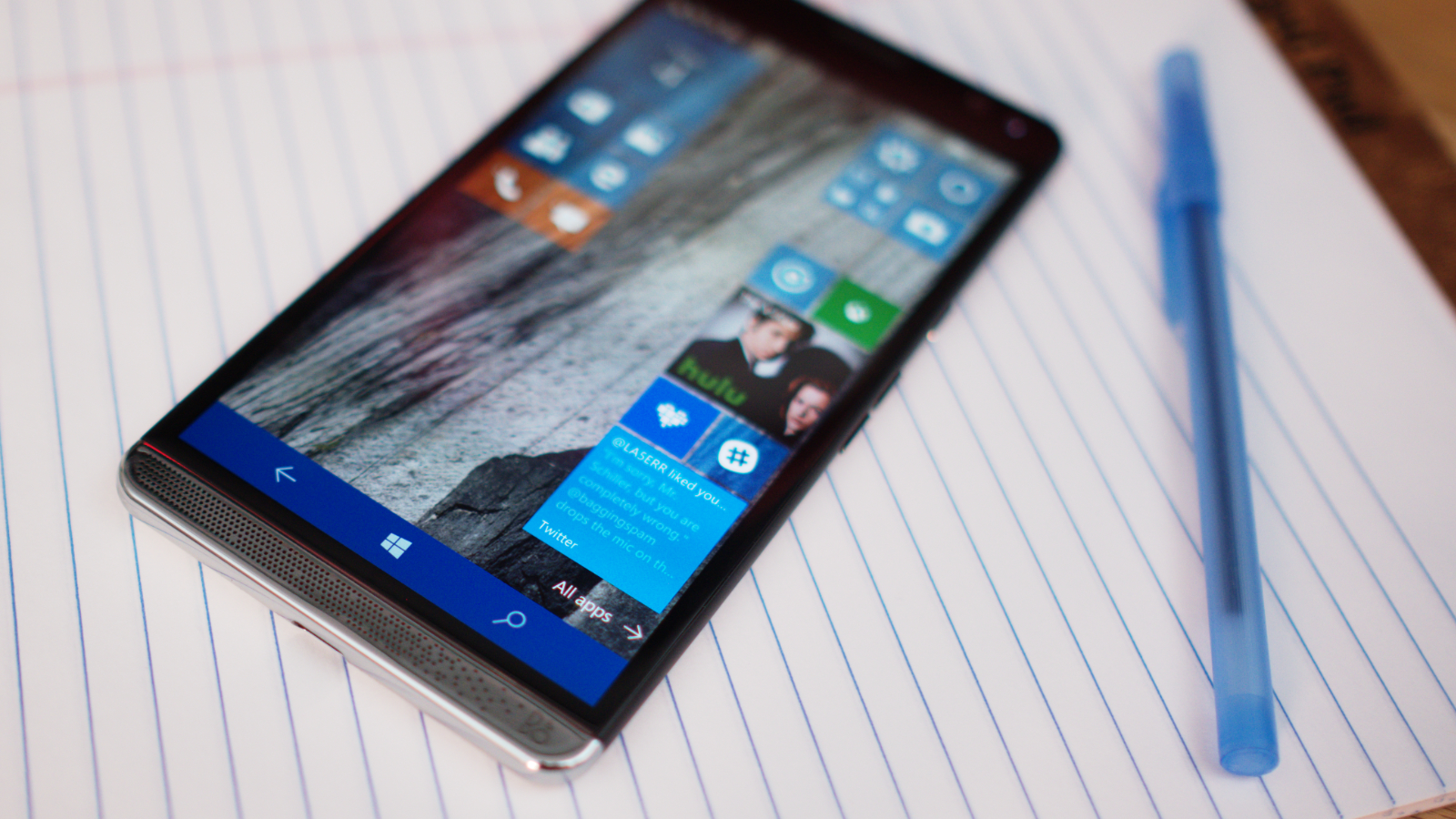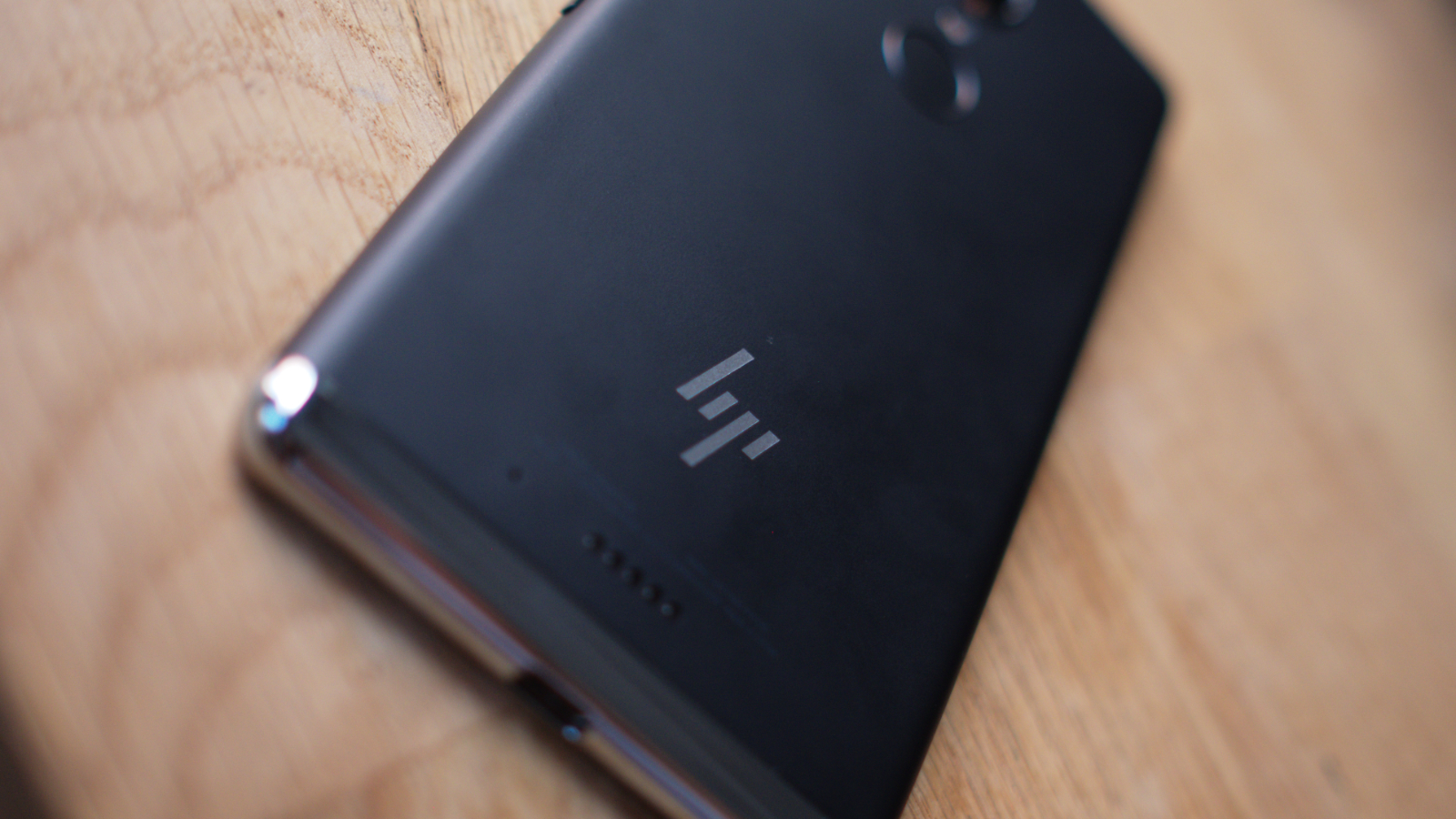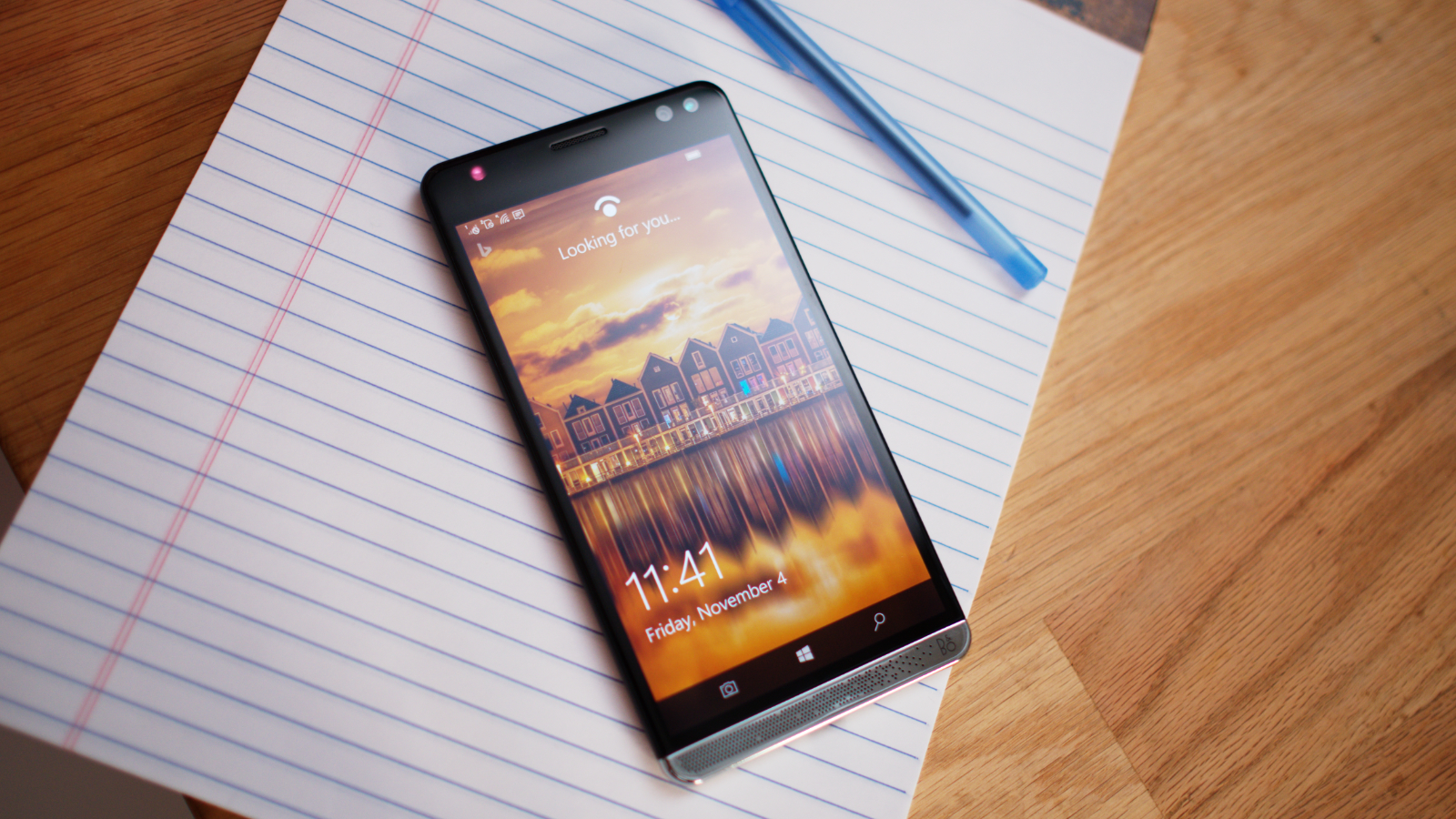TechRadar Verdict
HP’s Elite x3 is a well-built device and a solid performer all-around. Unfortunately, Windows 10 Mobile fails to back it with enough app support to make it suited for business users and consumers alike.
Pros
- +
Massive battery
- +
Stunning design
- +
Can transform into a PC
Cons
- -
Lousy app support
- -
Unwieldy size for some
Why you can trust TechRadar
There’s no doubting it: the HP Elite x3 is a capable smartphone. It’s packed with high performance hardware that positions it in the same pack as industry leaders, like the LG V20, Google Pixel and iPhone 7.
When connected to its included dock, the phone can even act as a PC of sorts, allowing you to crunch numbers, write up documents, or surf the web on a big screen. This is all thanks to Continuum, a Windows 10 Mobile-exclusive feature that blurs the line between phone and mobile computer.
The Elite x3 is also a devilishly snazzy phone – easily the best-looking device available on Microsoft’s mobile platform. Its polished, metal-looking plastic details and 2K AMOLED screen will turn heads, and its build quality leaves little to be desired.
But, no matter how impressive the form and function, it being a Windows 10 Mobile device means that the x3 is stuck with some baggage right from the get-go.
First off, the app selection is dire. And, once connected to a monitor by its dock, you’re still limited to what’s been made available for phones – not Windows computers – because of its unique ARM processor architecture.
However, there’s a chance (albeit a slim one) that Microsoft’s Universal Windows Platform initiative could see this bleak forecast reversing soon.
HP’s Elite x3 is billed as a 3-in-1 device, and aims to bring the best of a laptop, desktop and mobile phone together. And, for a phone that’s supposed to set you free from the confines imposed by each product category, as well as non-Windows 10 Mobile devices alike, it’s all too easy to feel trapped with the HP Elite x3.

Of course, that depends who you ask. If you’re a business user who has a need for just a few apps and a cohesive experience across screens, you’re covered. HP even offers its own PC virtualization membership that allows you to essentially run a computer in the cloud. From an IT perspective, issuing a single device that can do it all, so to speak, is a very attractive sales pitch.
But, for most people, continuing life as normal with a laptop and a smartphone is still a better way to operate. Better in that you’ll save money, and you’ll be buying into platforms that actually have the apps you’re looking for without some special (and costly) solution.
That’s too bad because, for $799 (£706, AU$1,199), the device and dock combination otherwise delivers a totally unique and neatly executed experience.
HP Elite x3 price and release date
- Available in 51 countries spread over six continents
- Works only on GSM networks
The HP Elite x3 is available unlocked for GSM carriers in 51 countries within six continents – an impressive launch for any device, let alone one running Windows 10 Mobile. HP is offering single and dual SIM versions of the phone, so be mindful of that during checkout.
In the US, you can nab the phone sans bundle for $699 (standalone device not available in UK, AU$1,099). But, it looks like the phone and dock combination is the most affordable option in most regions.
It doesn’t stop there, though. You can tack on the optional lap dock accessory that allows you to wirelessly tether, or charge the Elite x3 over USB-C, for some Continuum action on a laptop-like device. If you want the phone, plus the dock and lap dock, it’ll set you back $1,299. HP informed us that this add-on isn’t available in the UK or AU regions at this time, but we’ll be sure to stay on the lookout for official details.
Design
- A large 5.9-inch screen wrapped in a slick, military-grade frame
- Feels smaller than it is, but won't work one-handed for many
As a standalone handset, the HP Elite x3 stretches the definition of a phablet with its pocket-bulging, 5.96-inch screen. The display is one of the largest we’ve used, coming in bigger than that of the 5.5-inch screens found on the Google Pixel XL and iPhone 7 Plus.
HP’s Windows 10 Mobile device measures 161.8 x 83.5 x 7.8mm. Compared to the 5.7-inch LG V20, the Elite x3 rocks both a larger screen and battery with only one tenth of a millimeter added to its depth and a bit extra to its height and width. That’s impressive engineering.
It might not look it, but the Elite x3 offers military-grade toughness with MIL-STD 810G certification. It’s also rated IP67, just like the iPhone 7, which will protect it from the occasional splash, but not against submersion in water. Needless to say, this phone can take a beating.
Coming back to the large size of this phone, you’ll probably know for yourself if it suits your lifestyle. But, the Elite x3 will be nearly impossible for most to hold with one hand.

And, although the phone is massive in the hand, it wears its size well with smooth, rounded corners and minimal bezels hugging the Gorilla Glass 4-covered screen. There are thin slivers of black on its sides, while the top and bottom extend out to make room for niceties like the front-facing camera and iris scanner – not to mention the smartphone's Bang & Olufsen stereo speakers.
Touching a little more on the bottom of the phone, it’s capped with plastic that’s polished to look like metal, and features a unique visual pattern that’s a bit unexpected, but very welcome for this business-oriented device. The extra design element helps liven up this otherwise suit-and-tie-looking device.
You’ll find these little shiny touches surrounding the HP Elite x3, including around its rear-facing camera and fingerprint sensor. Otherwise, it’s a glass and polycarbonate affair. At its large size, putting a case on it might seem outlandish, but this stellar build quality is worth protecting.
Cameron is a writer at The Verge, focused on reviews, deals coverage, and news. He wrote for magazines and websites such as The Verge, TechRadar, Practical Photoshop, Polygon, Eater and Al Bawaba.

